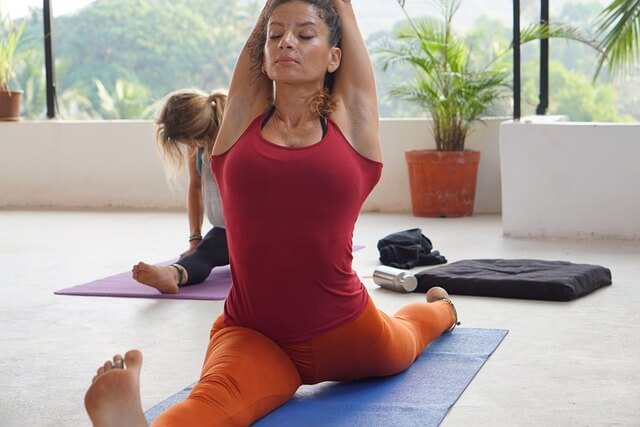Can Home Gymnastics Equipment Really Match Professional Gear? Here’s What to Know
For young athletes and passionate learners, practising at home is a great way to build skills and confidence outside the gym. But as routines become more advanced, some families wonder if their home setups can truly keep up. Can home gymnastics equipment really offer the same level of support, safety, and function as the gear used in clubs and training centres? The short answer is: it depends on what you choose—and how it’s used.
Not all home equipment is made equal. Some versions are designed only for light, occasional use, more like toys than training tools. These may be fine for toddlers just starting to explore movement, but they quickly become limiting or even unsafe once a child begins practising more serious routines. That’s why it’s important to look at the build quality, material strength, and overall design of the equipment, not just the colours or price.
Professional gym gear is built to meet strict safety standards, handle repeated impact, and support complex moves. While most home spaces can’t copy that scale or height, there are compact versions of many key pieces—like bars, beams, and mats—that offer solid performance for home training. A foldable low beam with anti-slip backing or a training bar with adjustable height and support legs won’t replace a full-size club setup, but it can still allow for safe, effective practice of basic skills.
What makes good home gymnastics equipment stand out is its ability to balance practicality with performance. High-quality foam mats, for example, may not be as thick as competition models but still provide enough cushioning for rolls, cartwheels, and light tumbling. Paired with a proper landing pad, they can create a reliable space for drills without needing a full gym floor. The materials used—like firm EVA foam or vinyl covers—help extend the life of the equipment while keeping maintenance easy.

Image Source: Pixabay
One clear advantage of home setups is consistency. Athletes can use them more often and at their own pace, without needing to wait for scheduled sessions or shared time on club gear. This helps build muscle memory, sharpen technique, and develop discipline. Especially for beginners or intermediate users, regular at-home training can significantly boost progress when combined with supervised lessons.
That said, it’s important to recognise the limits. Advanced tumbling passes, vaulting, or bar releases require more space, spotting, and safety gear than most home environments can offer. No matter how strong the bar or mat is, tight rooms and low ceilings can make some moves dangerous. The best home setups are those that support strength, flexibility, balance, and basic skills—without trying to replace the full experience of a professional facility.
Another thing to think about is adjustability. Equipment that grows with the user offers better value and supports longer-term development. A bar that can be raised over time, or a beam that can be flipped from foam to woodcore, is more likely to stay useful as the athlete improves. Choosing gear with these features helps close the gap between home practice and club training without adding unnecessary risk or cost. It also gives families more flexibility to adapt the setup as their child’s confidence and skill level increase.
In the end, home gymnastics equipment doesn’t need to exactly match professional gear to be effective. It just needs to serve the current needs of the athlete, provide a safe environment, and allow for regular, focused practice. With the right pieces in place—and realistic expectations—home training can be a powerful part of any gymnast’s journey, helping them stay motivated, active, and on track between classes.
Comments